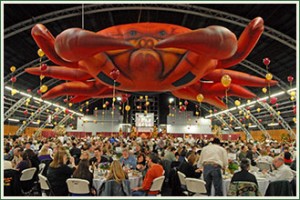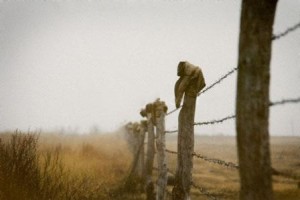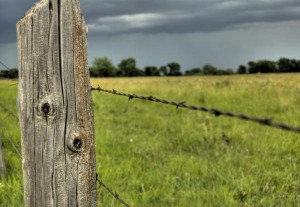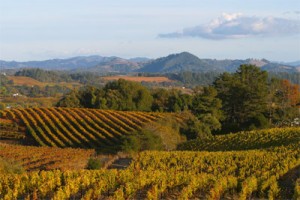Ranch Water Quality Plans: A Part of California’s Environmental Protection Agency’s State Water Resources Control Board
 Since 1995, the University of California Cooperative Extension, the USDA’s Natural Resources Conservation Service, and other state advisory committees have been shepherding Ranch Water Quality Planning Short Courses for rangeland owners. According to the UC Davis California Rangelands website, “From 1997 to 2004 more than 800 ranchers have attended this short course, developing plans for more than 1.5 million acres of privately owned rangeland. Based on a survey conducted in 2002-2003, two-thirds of the ranchers who took the course implemented ‘best management practices’ that address potential pollution sources that they identified in their water quality plans.”
Since 1995, the University of California Cooperative Extension, the USDA’s Natural Resources Conservation Service, and other state advisory committees have been shepherding Ranch Water Quality Planning Short Courses for rangeland owners. According to the UC Davis California Rangelands website, “From 1997 to 2004 more than 800 ranchers have attended this short course, developing plans for more than 1.5 million acres of privately owned rangeland. Based on a survey conducted in 2002-2003, two-thirds of the ranchers who took the course implemented ‘best management practices’ that address potential pollution sources that they identified in their water quality plans.”
The purpose of these courses is to teach rangeland owners and managers about non-point source pollution, help them identify potential pollution sources on their property, and show them the ecological benefits of livestock grazing when done correctly. And it is all in an effort to develop a water quality plan for their land.
Since livestock grazing was identified as one of the many contributors of water contaminants, such as the amount of sediment and pathogens in the Sonoma Creek and Napa River, the conditional livestock grazing waiver is part of the Ranch Water Quality Plan. It is meant to reduce these contaminants by educating and implementing appropriate grazing practices.
In spite of some of the negative perceptions regarding the impacts of livestock grazing, as well as the increasing government regulations on grazing and water quality, there are many benefits that proper livestock grazing techniques can provide. These include supporting local economies, improving wildlife habitats, increasing food production, managing invasive weeds, decreasing the risk and intensity of wildfires, and, of course, improving water quality.
California’s agricultural infrastructure is supported in part by livestock, such as beef cattle and sheep. The rural regions that these species inhabit are being maintained by grazing, and the undeveloped land remains productive even when uncultivated.
Grazed rangelands also improve the habitat for wildlife, as long as they are being managed appropriately by rangeland owners. For instance, many songbirds, raptor birds and the endangered Tiger Salamander thrive when these rangelands are grazed to appropriate residue levels. This is because rangelands that are not properly grazed by livestock exhibit poor nesting habitats, encumber the natural migration of Tiger Salamanders, and allow rodents to hide from hungry raptor birds in the excess thatch.
Another interesting benefit of livestock grazing in California’s rangelands is food production. The beef and sheep who graze on the forage in these rangelands utilize a resource that otherwise would provide no real value.
Some of the invasive weed species prevalent in California’s rangelands include barb goatgrass, yellow starthistle and medusahead. These can also be managed by livestock grazing.
An additional benefit to livestock grazing is that it is a practical and cost-effective method of reducing the risk and intensity of wildfires in the rangelands. The other options, which include mowing, controlled burning and herbicides, are difficult and expensive to implement on such as a large scale.
For more information on the Ranch Water Quality Plan, visit http://californiarangeland.ucdavis.edu.




